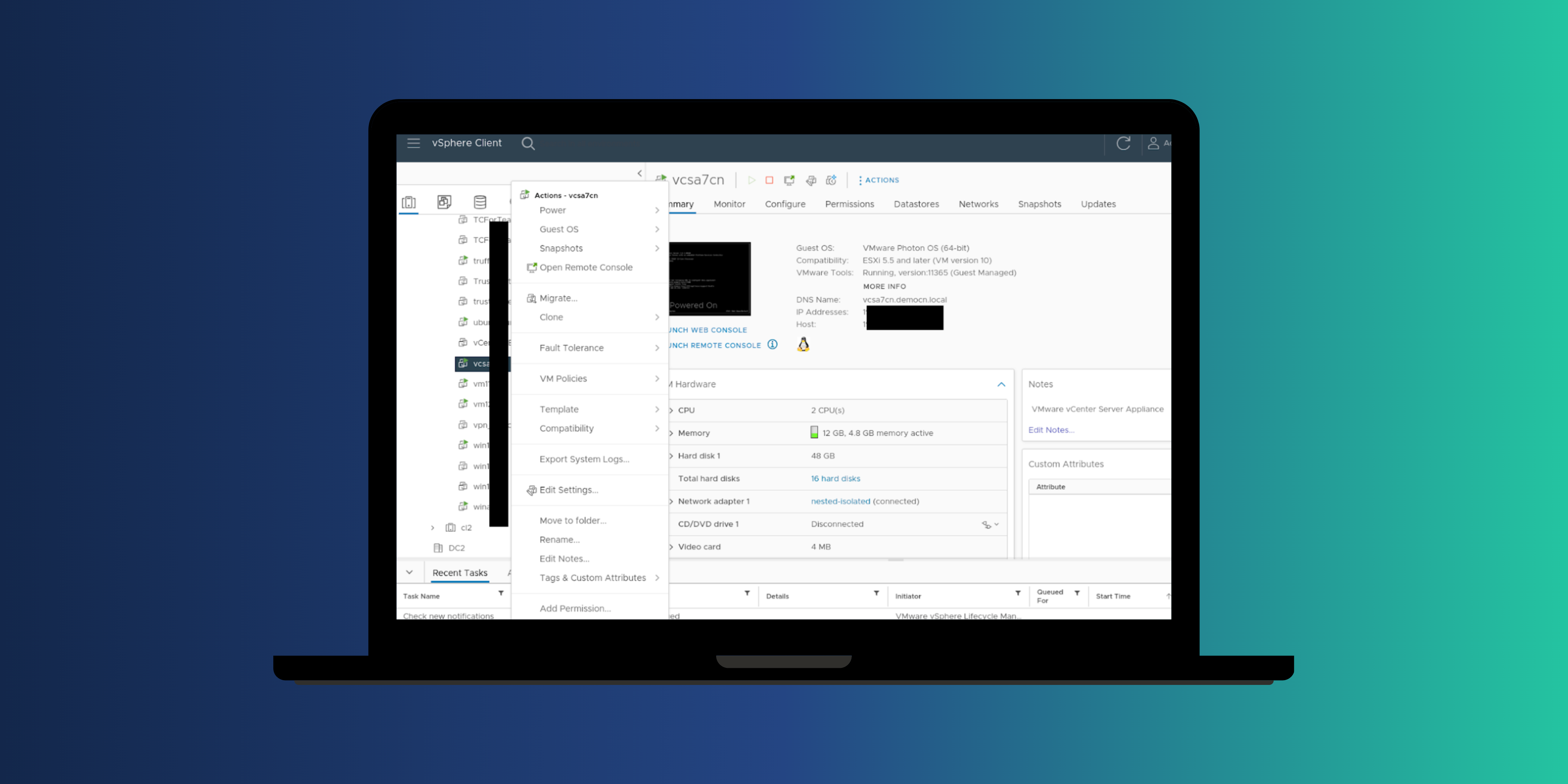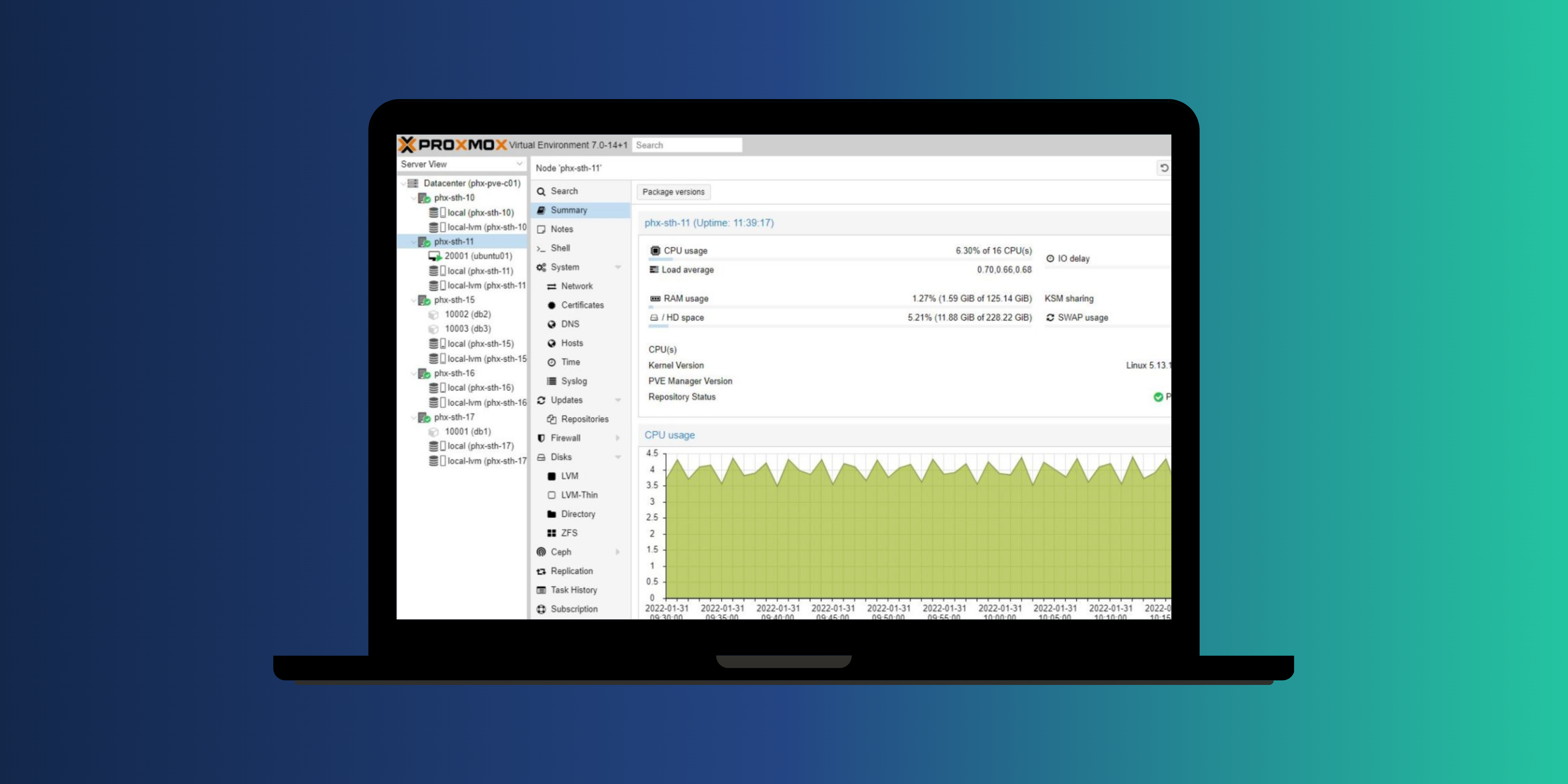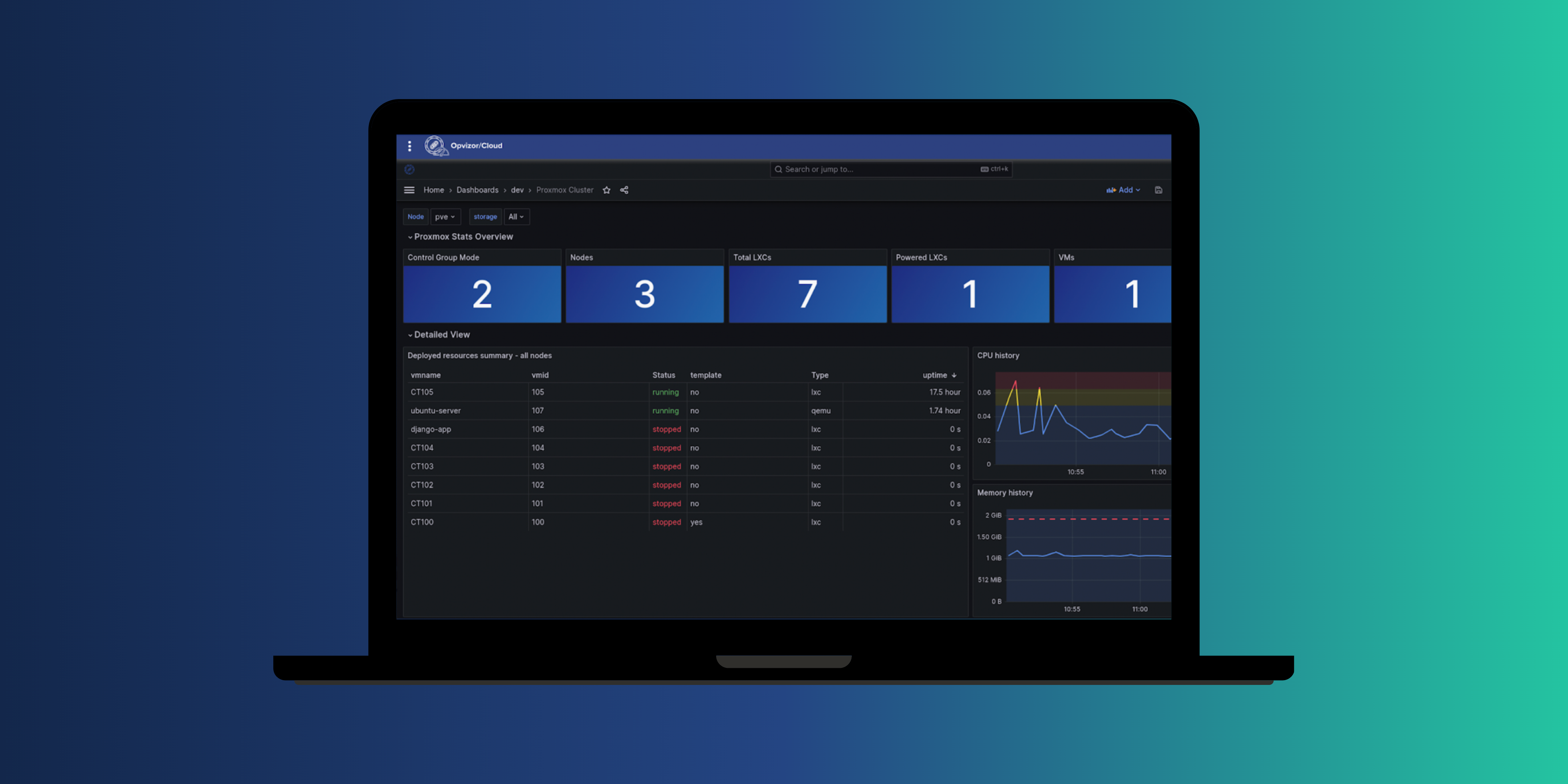Planning Forward, Post-Broadcom Acquisition of VMware
The acquisition of VMware by Broadcom, announced in May 2022, is a significant event for customers using VMware vSphere and other VMware solutions. Broadcom's acquisition has raised questions about the future strategy for VMware products, pricing, support, and innovation.
For vSphere customers, planning forward in this new environment requires careful consideration of several key factors. Many vSphere users have started to look for alternatives. But what is the best approach to move forward in the current uncertain environment?
Gathering as much information as possible is crucial. However, keep in mind that not all available content—much of which may be negative or speculative—necessarily impacts you or reflects reality.
Understanding the Impact of the Acquisition
- Product Strategy and Roadmap
- Stay informed about any changes Broadcom may announce regarding VMware’s product roadmap. Pay attention to official announcements and roadmaps that could indicate shifts in focus or strategy.
- Licensing and Pricing
- Historically, Broadcom has focused on maximizing revenue from acquisitions. VMware customers should prepare for potential changes in licensing fees and structures. Review your current contracts and understand the terms, especially around renewals and scalability.
- Support and Services
- Evaluate the level of support provided. Broadcom might streamline support services, which could affect the responsiveness or quality of service you’ve come to expect from VMware.
- Innovation and Development
- Monitor the rate and direction of innovation and development within VMware's offerings post-acquisition. Changes in investment in R&D will significantly affect the products' evolution.
Planning Strategies for VMware vSphere Customers
- Risk Assessment
- Conduct a comprehensive risk assessment focusing on dependency on VMware products. Identify areas where your organization may be vulnerable to changes in pricing, support, or technology stagnation.
- Exploring Alternatives
- Begin evaluating alternative solutions in the market. Options like Microsoft Hyper-V, Red Hat Virtualization, and open-source alternatives like Proxmox VE or KVM may offer viable replacements or contingencies if changes to VMware’s offerings do not align with your needs.
- Contract Management
- Scrutinize your existing contracts for clauses that may be advantageous or problematic in a transition period. Consider negotiating terms during renewals that provide flexibility, such as shorter contract terms or escape clauses.
- Understand what virtualization management solutions are out there
- This task is particularly sensitive because most organizations also use ancillary management products around vSphere such as monitoring software (such as Opvizor), backup products, and optimization and compliance tools. Understanding which of these products will continue to be available for other virtualization foundation software (such as Proxmox, Hyper-V etc.) is paramount.
- Budget Planning
- Anticipate and plan for potential increases in costs due to licensing changes. Adjust your budget forecasts to accommodate these changes, and explore purchasing additional licenses under the current terms before new pricing models are implemented.
- Community and Peer Networking
- Engage with other VMware users through forums, groups, and industry conferences to share insights and strategies for dealing with the acquisition's impact. Collective insight and shared experiences can provide practical strategies and moral support.
- Long-Term IT Strategy
- Re-evaluate your long-term IT and virtualization strategy in light of the acquisition. Ensure that your strategy remains aligned with your business goals and considers potential market shifts due to the acquisition.
Okay, but what real options are really out there today?
While there are many projects and products available, it is impossible to evaluate them all. We'll continue to add more options in future blogs. Let's start with a very popular choice Proxmox CE.
1. VMware vSphere: The Industry Leader

VMware vSphere is a virtualization platform and a product suite from VMware, a major player in the enterprise virtualization market. It is widely recognized for its advanced features, scalability, and strong industry presence.
Key Features:
- ESXi: VMware's hypervisor, ESXi, is a bare-metal hypervisor that installs directly on server hardware.
- vCenter Server: Provides centralized management for vSphere environments, enabling scalability, centralized control, and advanced features like vMotion, which allows live migration of virtual machines.
- High Availability and Fault Tolerance: vSphere excels in providing high availability, fault tolerance, and disaster recovery capabilities.
- Large Ecosystem: VMware has a vast ecosystem of partners, extensive documentation, professional support, and integrated solutions.
Licensing and Costs:
vSphere uses a proprietary licensing model, which can be quite expensive, especially when including features like vCenter. Different features are available at different tiers of licensing, which can significantly impact the total cost.
2. Proxmox VE: The popular Open Source Alternative

Proxmox VE (Virtual Environment) is an open-source virtualization management solution, which provides a strong alternative to VMware, especially for cost-conscious environments or those preferring open-source software.
Key Features:
- Integrated Environment: Proxmox provides a combined environment for managing KVM (Kernel-based Virtual Machine) instances and LXC containers.
- Web-Based Management Interface: Includes an out-of-the-box, web-based management interface for managing virtual machines and containers.
- Storage and Clustering: Supports a wide range of storage solutions and built-in clustering, allowing servers to be managed together as a single entity.
- Backup and Restore: Built-in backup and restore tools are highly configurable and include features such as scheduled backups and live snapshots.
Licensing and Costs:
Proxmox is free and open-source, with paid support options available from Proxmox Server Solutions GmbH. While the core software is free, Proxmox offers a subscription model for access to enterprise repositories and professional support.
High-Level Differences
When comparing VMware vSphere and Proxmox, here are the high-level differences to consider.
Proxmox is generally more cost-effective, especially for smaller to medium-sized enterprises or those that can manage with community support.
VMware has a more extensive ecosystem and potentially offers better support, which is important for large enterprises with complex needs.
VMware tends to have more advanced features due to its impressive engineering force, particularly in high availability, fault tolerance, and large-scale management capabilities.
On the other hand, Proxmox offers more flexibility due to its open-source nature, appealing to users who prefer open-source solutions for potential customization and integration.
Virtualization Management Solutions
Whatever virtualization platform you use (Microsoft Hyper-V, VMware vSphere, Proxmox, etc.) you will also have to think about backup/restore, network management etc.
Let’s take performance monitoring as an example, and assume you start using Proxmox next to Vmware vSphere. Most organizations use a performance monitoring product to keep track of their resource usage and resource planning. VMware’s performance monitoring tool can only work with vSphere, but won’t work with Proxmox. And Proxmox’s built-in monitoring tool only works with Proxmox.
In this case, if you plan to start using a dual virtualization platform strategy, a performance monitoring solution capable of measuring both platforms is called for. Opvizor is such a solution. With hundreds of customers using ether vSphere and/or Proxmox, along with other systems such as Microsoft SQL and Windows, Linux, Cisco networking etc., Opvizor is optimally suited to help you implement a dual virtualization platform strategy.
For a more detailed description of Opvizor for Proxmox and vSphere check out this article: https://opvizor.com/blog/elevate-your-virtualized-environments-with-proxmox-ve-monitoring-integration
Summary
This is just the start of our upcoming series of articles covering VMware vSphere alternatives, the advantages and disadvantages.
The importance for every company right now is to look out for alternatives and know the implications of these. Sometimes the overall costs will simply dwarf the license cost increase and sometimes it makes sense to start the migration process early and steady and plan for the next 3-5 years horizon.
You can count on the Opvizor team to support your needs. Whatever virtualization choice you make, there will be an integration into Opvizor. If not, simply reach out to us if something is missing that you’d like us to add.